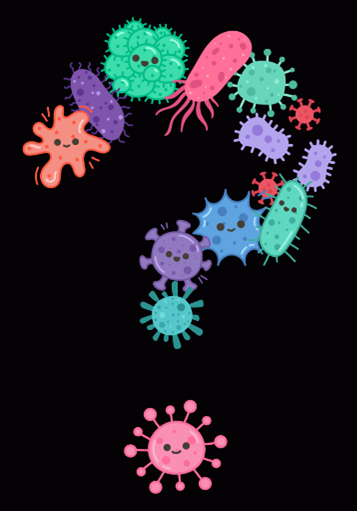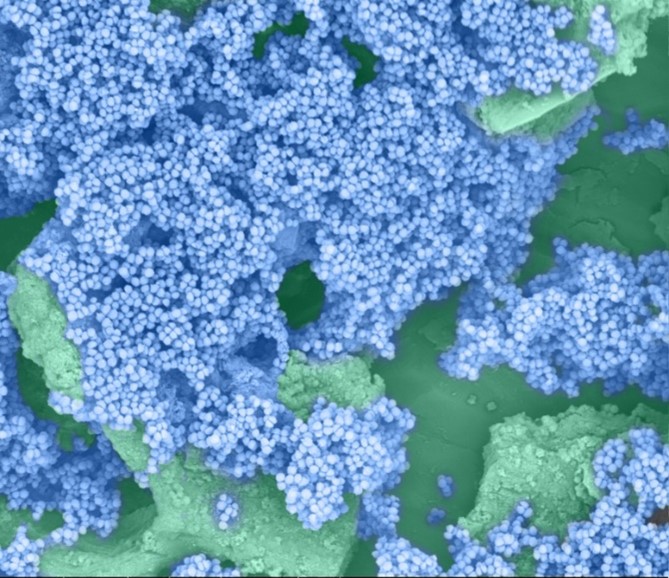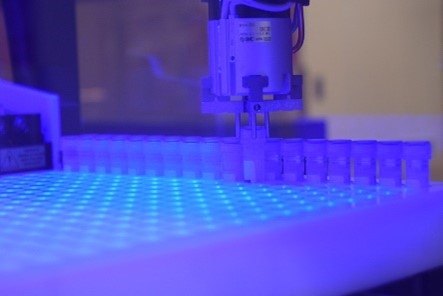What Is a Hormone?
July 17, 2024
Continue Reading
Quiz: Do You Know Your Immune System?
March 11, 2024
Continue Reading
What Does an Immunologist Do?
February 12, 2024
How Can the Immune System Go Awry?
January 8, 2024
Continue Reading
What Is Antibiotic Resistance?
November 22, 2023
Continue Reading
Quiz: Sepsis Science
September 13, 2023
Continue Reading
Propelling Rare Disease Research for More Than 50 Years
February 22, 2023
Continue Reading
A Tale of Tails: How Reptile Regeneration Could Help Humans
January 4, 2023






